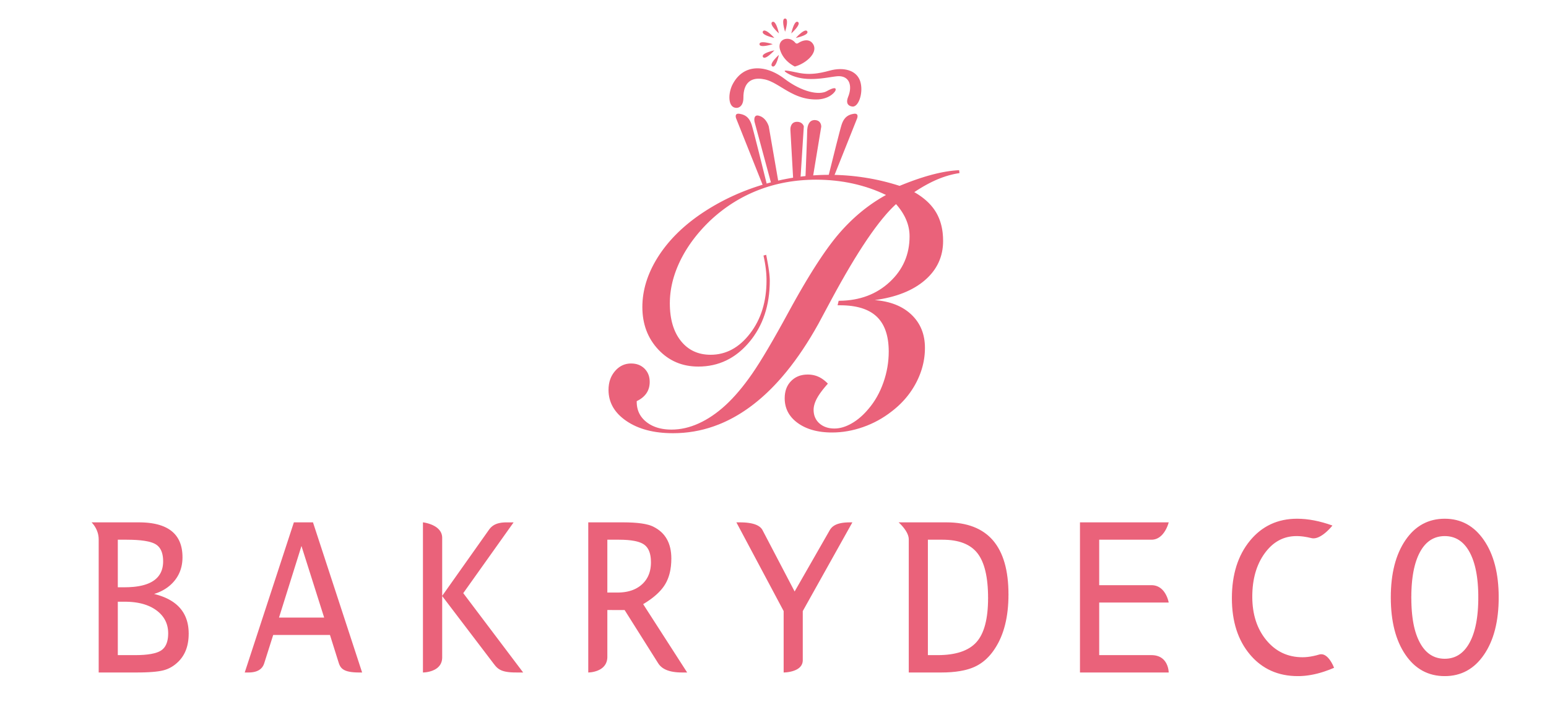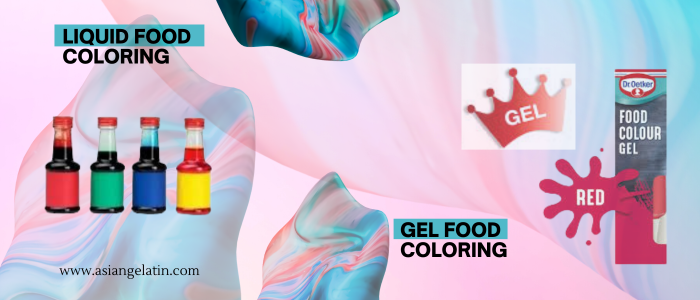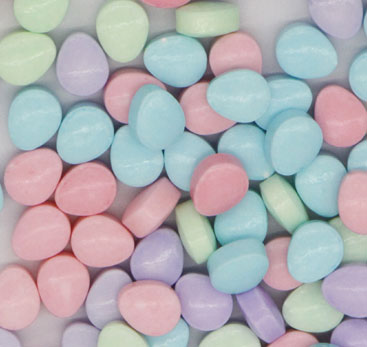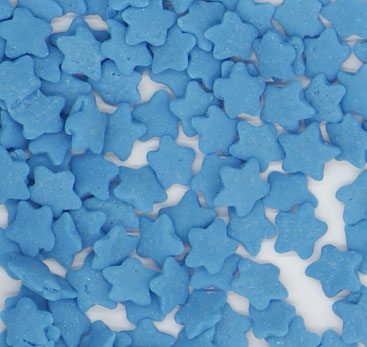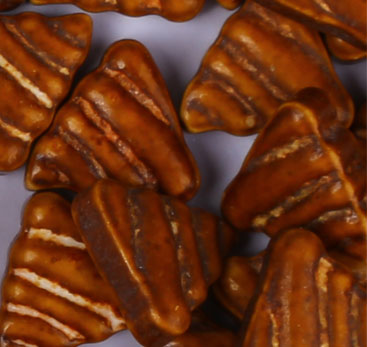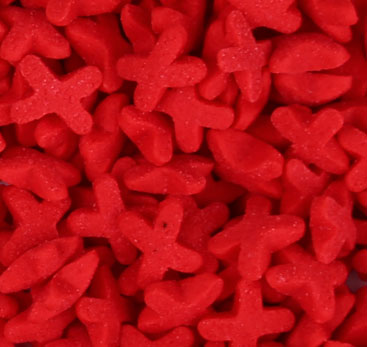Liquid Food Coloring Liquid vs Color Gel
Liquid Food Coloring vs Color Gel: A Comparison
Color is essential in baking, from beautiful crimson velvet cupcakes to enchanting rainbow cakes. It breathes existence into our culinary creations and makes them irresistibly inviting. But while deciding between liquid meal coloring and color gel?
In this blog, we'll get to the bottom of the variations among those famous coloring alternatives that will help you make a knowledgeable choice. So, let's dive into this colorful comparison!
Intensity of Color:
When handing over colorful and deep hues, color gels take the cake. With their better attention, a small quantity is extended in generating rich, excessive colors. Liquid meal coloring, on the other hand, is more diluted. While it's best for pastel shades, you could want numerous drops to attain darker tones, impacting your recipe's consistency.
Ease of Use:
Both liquid meal coloring and color gel are clean to use. However, their consistency makes a distinction in handling. Liquid meal coloring can, without problems, be introduced in drops, even as color gel, with its thick consistency. It might also require a toothpick or a small spoon to dry out.
Availability and Cost:
Liquid meal coloring is extensive in most grocery shops and is normally greatly affordable, making it a go-to choice for plenty of domestic bakers. Color gel, even as barely more luxurious and much less convenient, gives a big array of colors that might not be in popular liquid meal coloring sets.
Impact on Food Texture:
Here's where the attention to color gel proves beneficial. Since you want much less of it to attain the preferred color, it's much less likely to regulate your recipe's consistency. Using big portions of liquid meal coloring, mainly in sensitive recipes, could make the aggregate too liquid. Liquid Food Coloring may want to affect consistency while utilized in large quantities, even as Color Gel is Less likely to extrude meal texture because of excessive attention.
Shelf Life: Longevity of Liquid vs. Gel
Both liquid meal coloring and color gel have an extended shelf existence. However, it can thicken or dry out over the years if no longer nicely sealed, even as liquid meal coloring continues its consistency.
• Liquid meal coloring normally has a shorter shelf of 1-2 years, probably longer with the right storage (cool, darkish place). Expiration dates are much less reliable.
• Gel meal coloring boasts an extended shelf of 3-five years and may even last longer if saved tightly and far from warmness and light. Expiration dates are generally more accurate. Direct Comparison: Pros and Cons

Feature | Liquid Food Coloring | Gel Food Coloring |
Color Intensity | Less concentrated, requires more for vibrant colors, Ideal for lighter, pastel colors | Highly concentrated, needs less intense colors, Best for vibrant. |
Consistency | Runny, can thin batters and icings | Thick and gel-like, it won't affect consistency |
Control and Messiness | It is easier to measure small amounts, but it can be messy | It is harder to measure small amounts, less messy |
Versatility | Good for light tinting and watercolor effects | It is not ideal for watercolor effects, but it is better for bold colors |
Cost & Availability | More affordable, Widely available, and budget-friendly. | It has a broad color range but is slightly more expensive and less accessible. |
Bleeding in Baked Goods | More prone to bleeding | Minimizes bleeding |
Shelf Life | Long shelf life, i.e., 1-2 years, maintain consistency | Long shelf life, i.e., 3-5 years, but can dry out if not sealed properly |
Ease of Use | Easier to measure and mix | You might need extra tools for precise measurement |
When Liquid and Gel Food Coloring Shine
Liquid's Light Touch:
Cake Batter: Gently tint sensitive batters with mild purple or pastel yellow for ethereal angel meal desserts or fluffy cupcakes. Use some drops to avoid thinning the batter and compromising its rise.
Watercolor Effects: Create dreamy gradients in frostings or sensitive brushstrokes on piped decorations with diluted liquid colorations. Think watercolor floral designs or ombre sunsets on desserts.
Coloring Sugar: Dip granulated sugar in a shallow liquid tub for colorful sprinkles or dirt your piping bag with colorful shimmer.
Gel's Bold Brilliance:
Royal Icing: Achieve extreme whites, colorful reds, and royal blues for elaborate piping and targeted decorations. The gel's strength prevents shade bleeding and continues the icing's corporation consistency.
Fondant Coloring: Knead gel colorations into the fondant for colorful pops of sedation without compromising its elasticity. Perfect for colorful accents on figures, flowers, or cake toppers.
Black Velvet Cake: Achieve the deepest, richest black velvet batter without risking a muddy mess. The gel's focused sedation minimizes the quantity needed.
Master the Rainbow: Tips and Tricks for Food Coloring Success
Let out the rainbow! Let liquid food dye's gentle contact include pastel goals in whipped cream, even as the gel's colorful strokes deliver fondant figures to life. Both dance at the canvas of your treats, developing safe-to-eat art, one scrumptious drop at a time.
Liquid: Store upright in a cool, dark place. Use glass droppers for higher manipulation and reduce contamination.
Gel: Tightly near the box after use. Avoid immoderate warmth and mild. A small spatula works properly for measuring and applying.

